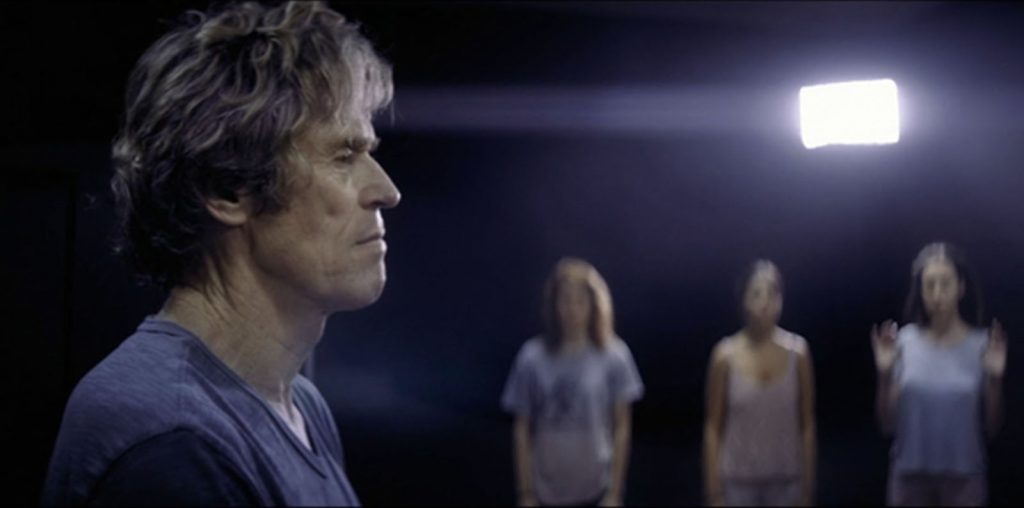
“Another Song About the Sea” is Jeremy Bessoff’s haunting, exquisite animated study of a couple whose relationship is effected by the husband’s deep depression. The story is told, without spoken dialog, in a series of metaphorical poetic vignettes, very loosely inspired by a 1930 deep sea dive conducted by William Beebe, who used a tank to discover a previously unknown world of bioluminescent creatures. Here, diving into the depths is a metaphor for plunging into the subconscious sea of powerful emotions. In the case of the husband William, the sea is paralyzing sadness and isolation, whereas the wife Gloria discovers a world of beauty and freedom, and in her dives she finds a shipwreck with sunken treasure, presided over by goddess figurines. The treasure enables her to transform herself into a gloriously swimming mermaid.
Bessoff’s stop-motion animation technique is based on puppet theater. Every set piece, prop, costume, and puppet in the film is made from simple materials such as rope, wood, and papier maché. (Part of the film’s considerable artistic pleasure consists of enjoying how beautiful these handmade objects are.) The film opens with an overtly theatrical prolog, in which two goddess figurines in front of a curtain are dramatically lit from the side and then slowly slide apart, one of them towards the light and one of them away, all to fabulous orchestral music by Keith Kusterer. The curtain rises, and we see William and Gloria sitting at opposite ends of their breakfast table.
The whole film proceeds like a puppet play one might perform in a living room, except that the motion of the objects is created by stop-motion animation rather than by puppeteers, allowing for much more complex movement. The use of changing camera angles and Foley sound effects marks the style as distinctly cinematic, and not simply a document of a puppet show, yet Bessoff retains the special magic and power of puppet performance, where ordinary materials are given a breath of life and the ability to tell stories. In particular, the fact that Bessoff uses no facial animation allows the figures of William and Gloria to achieve the saturated, concentrated expressiveness of puppets, where the distilled essence of the character is embodied in the unmoving face.
Bessoff has invented a series of sparse, densely evocative scenes for the film, in which the images speak eloquently of the emotional distance separating the characters. The setting switches back and forth freely between the external world of the breakfast table, where the characters barely see or acknowledge one another, and the interior landscape of the deep sea dive off of a boat, where the couple seemingly cooperate as explorers. An image where William is caught in a fishing net, deep in the black interior of the tank, while he looks through a porthole at mermaid Gloria, creates an indelible image of a couple separated by depression. But the mermaid, in the limitless freedom of the sea, still feels imprisoned, since she longs for contact with her husband.
In another powerful metaphor, Gloria seals William into the tank in preparation for the dive. She tightens the bolts by hitting a wrench with a hammer, tenderly trying to ensure that he will be safe. But the banging causes an intolerable resonance inside the tank, sending William into an agony of pain. In a close relationship, even the most solicitous offer of help can hurt the other person. “Another Song of the Sea” is full of these kinds of powerful, metaphoric scenarios.
The pacing of the film, unlike most animated films, is quite slow and mediative, allowing the resonance of the emotional metaphors to have their impact. The style is rather like a Bergman film, and it is a revelation to see how well this kind of detailed, slow meditation on a relationship can be expressed with animation, without having to rely on the fast-paced cute transformations which dominate most cartoons. Ultimately, puppets excel at depicting characters who feel helpless as they struggle against overwhelming forces, and so they provide a perfect way to tell this story of a couple struggling to avoid being engulfed.
